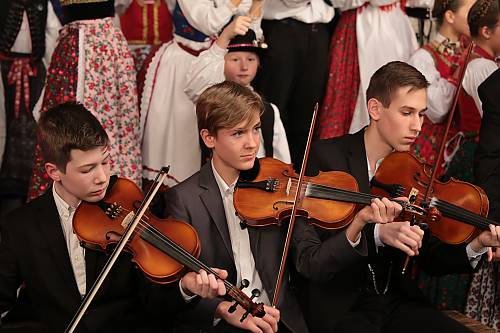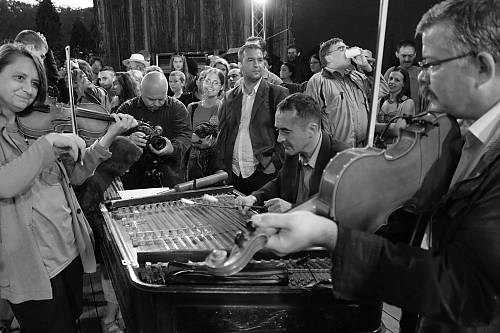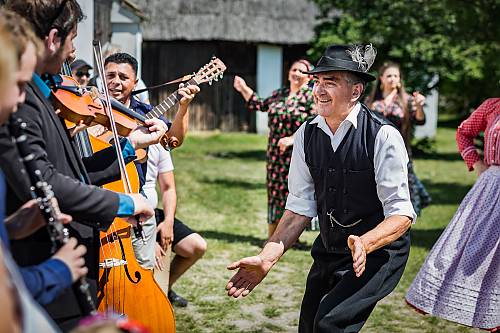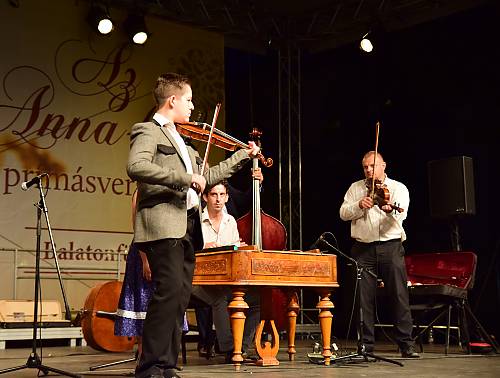Hungarian string band tradition
Inscribed in 2022 (17.COM) on the Representative List of the Intangible Cultural Heritage of Humanity

The Hungarian string band tradition is one of the country’s defining ensembles and one of the most common representatives of folk music culture. The basic fiddle-viola-bass line-up takes many forms across regions and eras and can be expanded to include additional string players or reed instruments. Up until the middle of the twentieth century, string bands provided music for village parties, family and village festivities, agricultural events and religious and public holidays. Today, they play a crucial role in stage performances, local festivities such as dances, and urban táncház (“dance-house” or folk dance parties). A group’s repertoire can include thousands of melodies, which village musicians play entirely from memory. In addition to memory-based oral transmission, melodies are now also acquired in formal educational settings using written transcriptions and audio-visual documentation. Because Hungarian string bands have always adapted to the social context, the melodies, lyrics, playing style and repertoire are jointly shaped by the musicians and the dancers and audiences. With its varied instrumental composition, social and cultural functions and diverse repertoire, the Hungarian folk string band has a radiating effect across all of Europe and especially in neighbouring areas, making it one of the most influential musical phenomena in the region today.









